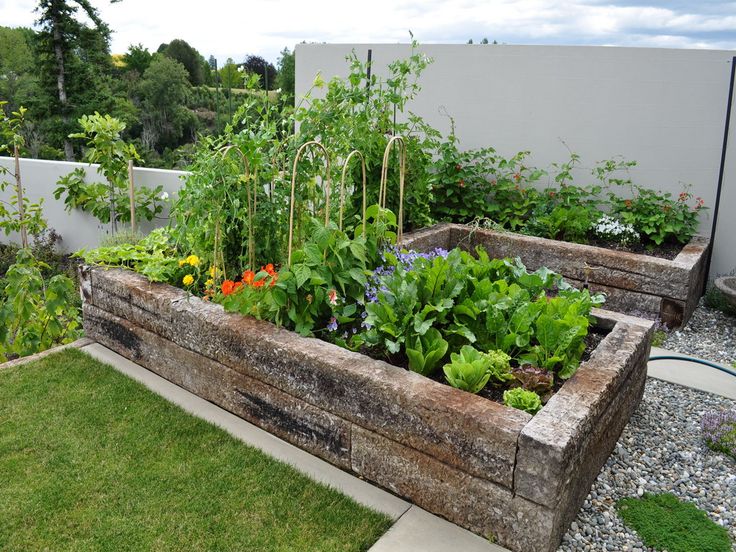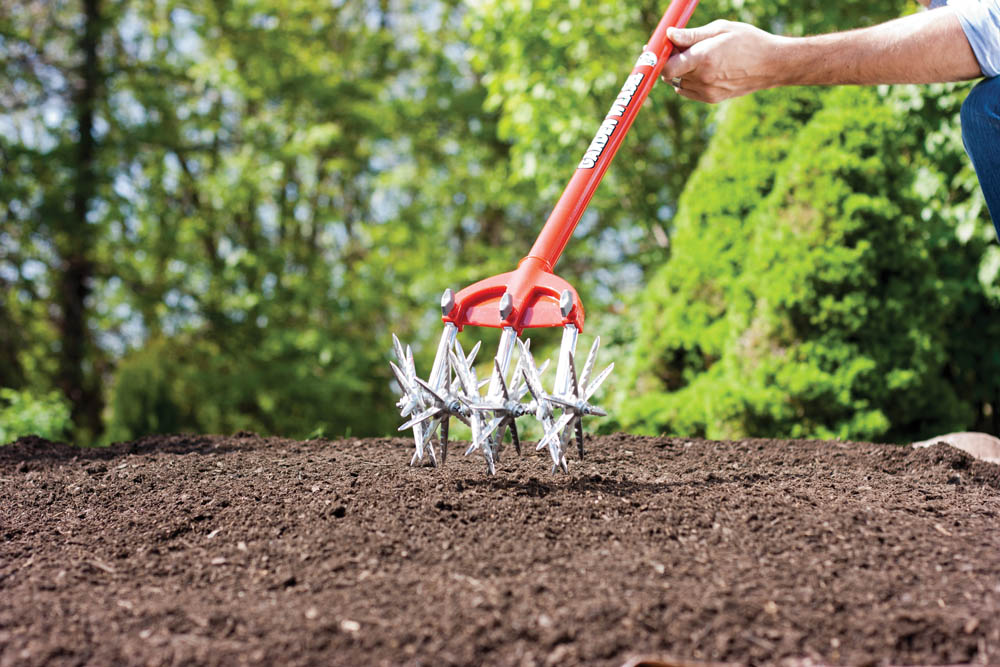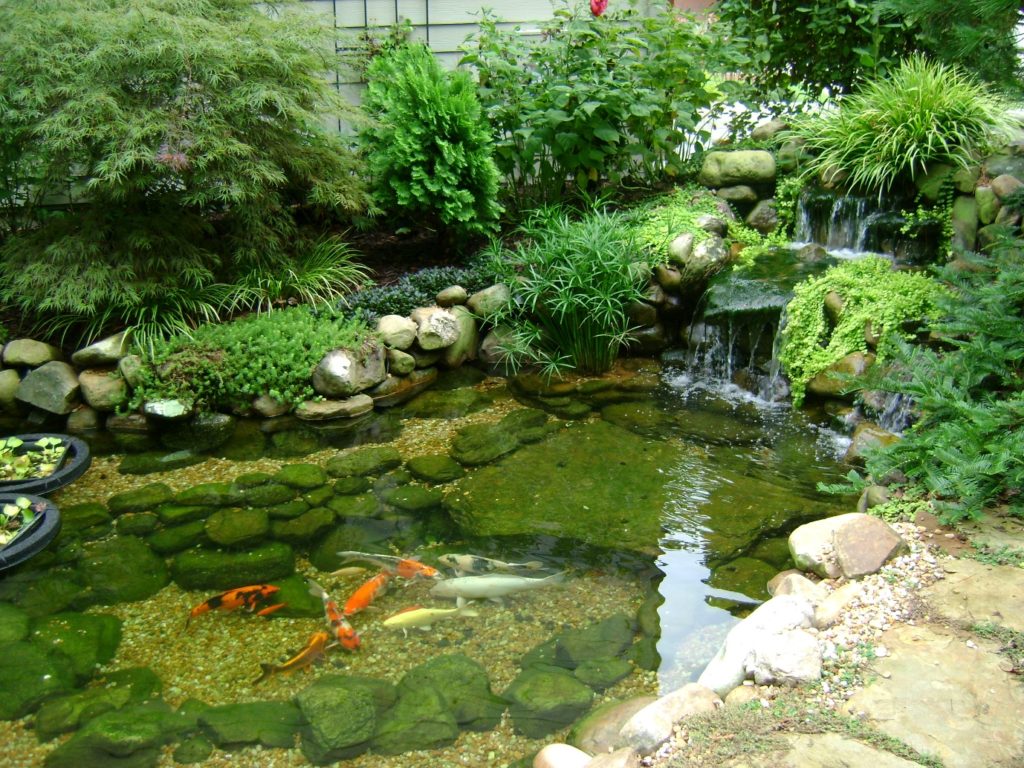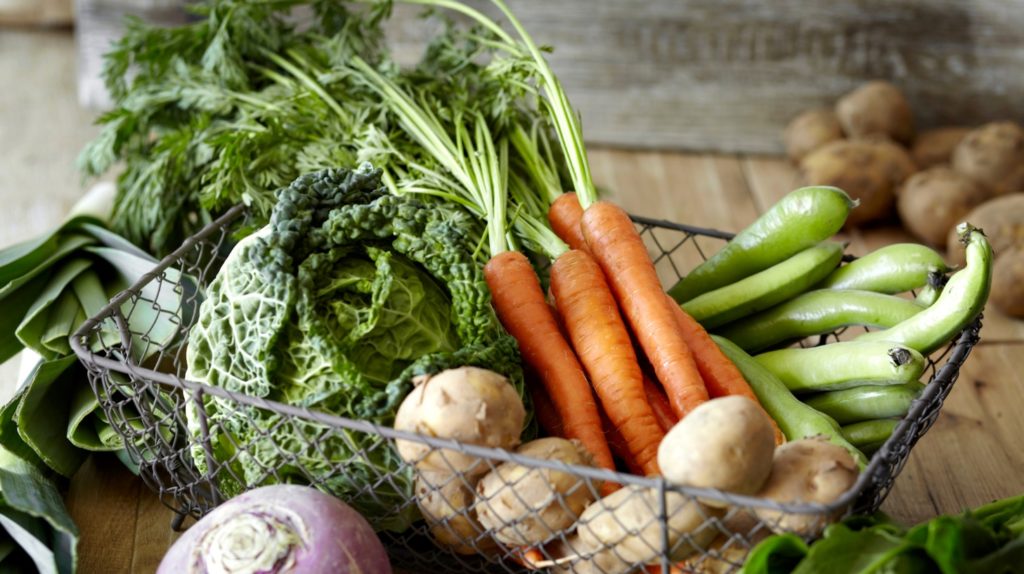Growing awareness of pressure on natural resources and carbon emissions many people are opting to grow some of their own food and is the main reason I started our vegetable garden.
What growing one’s own vegetables does is give you some control over the quality of your food, while lowering carbon emissions (through less transporting of goods). It also gives the satisfaction that you’re growing some of what you’re eating.

It sounds very satisfying, doesn’t it? Perhaps you are wondering how you can get started with growing your own vegetables from home? This article will act as a simple and practical guide as to how to create a vegetable patch in your garden.
Our Vegetable Garden: Where And How Big
The first thing you need to do is decide upon the size and placement of your vegetable garden patch. It is advisable to actually start with the size of veggie garden that you want to end up with. Do you plan on blocking it off with a chain link fence to keep most animals out? Or are you going to leave it open?
The main reason I said that is because it can be a whole lot more work creating your vegetable garden in sections like I did. My reason was health and the lack of it. I didn’t have the strength to make it as large as I dreamed and each year increased the size. It was a lot more work but I really had no choice.
Our first patch was a 4×4 square foot vegetable garden, more of a training patch than anything else, but it was our first vegetable garden. Today I have increased it to 20×8 and will continue to increase it until I’m happy with the size and results.
Observe The Sun’s Path Through Your Yard
Most vegetable gardens like to have at least 8 hours of sun a day so try and observe where you get the most sun for the longest stretch and plan your veggie garden based on your data. See this guide for more information.
Armed with this information you’re ready to jump in and start creating your own vegetable garden.
You can do this by digging manually as I did which can take a lot of time and energy, which is why it took us so long to get our vegetable garden to the size it is now. On the other hand you could be using a rotavator for faster and better results.
Loosen, Amend And Aerate Garden Soil

Usually when one is hand digging a vegetable garden it tends to be square or rectangular but if you have the power of a rotavator you can make whatever shape suits your fancy.
Once you have invested your back and your time digging or rotavating a patch for your veggie garden you should definitely amend the soil if need be.
Be certain you turn the soil and do your best not to compact it once you’ve dug it up so the soil can breathe. We mixed our soil with compost, some topsoil and peat moss to loosen the soil and to add organic material for healthy soil that produces a better yield.
During the growing season, you will want to keep a close eye on the nutrient levels of your soil. This will let you know if there is a deficiency or saturation of certain nutrients. Then you can make adjustments as necessary to make sure the plants grow as best they can. This can be done most easily with a soil testing kit.
I recommend using Miracle Grow products to help the soil and to feed the roots of vegetables so they get a good start, right from the beginning.
Ponds Can Grow Edible Plants
Surprisingly, you can grow edible plants straight from your garden pond. This interesting site uncovers some brilliant tips if this sounds appealing. What’s more, you can get all of the needed equipment required to create a garden pond at this website.

Our Small Vegetable Garden Grows Bigger Each Year

There’s not much else too it. You should now go out and enjoy the tasty fruits of your labor. Many people are now regularly eating delicious vegetables grown in their own garden. With a little preparation and effort, you can join them.


Speak Your Mind